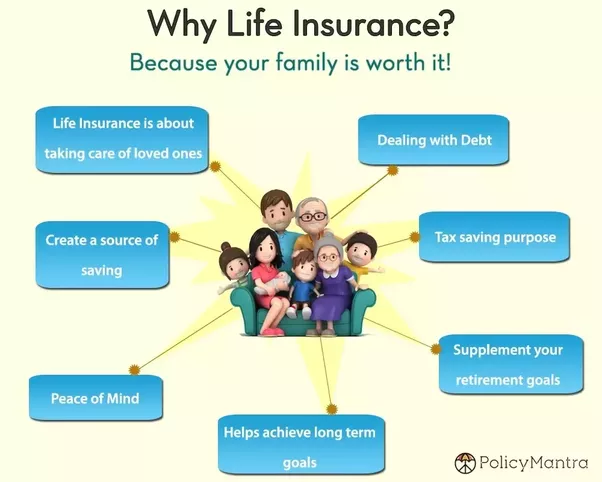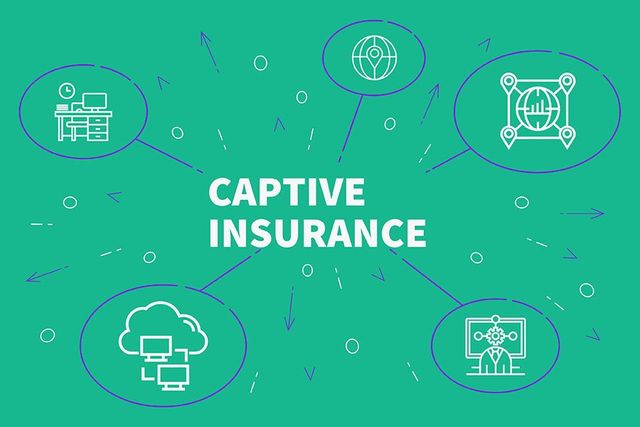A Biased View of Pacific Prime
The Basic Principles Of Pacific Prime
Table of ContentsThe Only Guide for Pacific PrimeThe 2-Minute Rule for Pacific PrimeThe 7-Minute Rule for Pacific PrimeThe 8-Second Trick For Pacific Prime
In the majority of states, the insurance company is called for to send you a copy of the changes to your policy. It is essential that you read Endorsements or Cyclists so you comprehend how your policy has actually changed and if the policy is still ample to satisfy your demands. To get a copy of your insurance policy, please call your insurance policy agent or firm.
The Institute of Medication (IOM) Committee on the Consequences of Uninsurance launches an extended assessment of evidence that addresses the significance of health and wellness insurance coverage with the publication of this report. Protection Matters is the first in a collection of 6 records that will be issued over the next 2 years recording the truth and effects of having actually an approximated 40 million individuals in the United States without medical insurance coverage.

More About Pacific Prime
The goal of this collection of researches is to redouble plan focus on a longstanding issue. Complying with the longest economic development in American history, in 1999, an estimated one out of every 6 Americans32 million grownups under the age of 65 and more than 10 million childrenremains uninsured (Mills, 2000).

Ten percent of the populace make up 70 percent of health and wellness treatment expenditures, a correlation that has stayed consistent over the previous three years (Berk and Monheit, 2001) - group insurance plans. Thus medical insurance continues to serve the feature of spreading out threat even as it progressively funds routine treatment. From the perspective of healthcare carriers, insurance coverage brought by their individuals aids secure an income stream, and areas take advantage of monetarily viable and stable healthcare experts and institutions
Government offers health and wellness insurance policy to populaces whom the exclusive market may not offer effectively, such as impaired and senior citizens, and populaces whose accessibility to healthcare is socially valued, such as kids and expecting females. The supreme ends of medical insurance coverage for the specific and communities, including workplace neighborhoods of workers and companies, are boosted health end results and high quality of life.
Top Guidelines Of Pacific Prime
Staff members rate health and wellness insurance coverage first without a doubt in significance amongst all the advantages offered in the office (Salisbury, 2001). Although there have actually been sizable financial investments of personal and public funds to provide medical insurance, many individuals still have no protection. In spite of extensive reporting of survey findings and health treatment study results, the public remains overwhelmed and misinformed regarding Americans without medical insurance and the ramifications of doing not have insurance coverage.

Without doubt, the intricacy of American wellness care financing devices and the wealth of sources of details add to the public's confusion and uncertainty concerning medical insurance data and their interpretation. This report and those that will comply with goal to boil down and offer in conveniently understandable terms the comprehensive research study that births on inquiries of medical insurance protection and its importance.
Fifty-seven percent of Americans polled in 1999 believed that those without medical insurance are "able to get the treatment they need from physicians and health centers" (Blendon et al., 1999, p. 207). In 1993, when nationwide focus was concentrated on the problems of the uninsured and on pending healthcare legislation, just 43 percent of those questioned held this belief (Blendon et al., 1999).

They likewise get fewer preventive solutions and are much less likely to have regular care for persistent conditions such as high blood pressure and diabetes. Chronic diseases can lead to pricey and disabling difficulties if they are not well managed (Lurie et al., 1984; Lurie et al., 1986; Ayanian et al., 2000). One national study asked greater than 3,400 grownups about 15 very significant or morbid problems.
Some Known Facts About Pacific Prime.
Additional proof is offered later in this chapter in the discussion of insurance coverage and access to health treatment. https://linktr.ee/pacificpr1me. People international travel insurance without medical insurance are young and healthy and balanced and select to do without insurance coverage. Almost fifty percent (43 percent) of those checked in 2000 thought that people without medical insurance are much more likely to have health issue than individuals with insurance coverage
Voters and policy manufacturers in emphasis team conversations define those without insurance policy as young individuals who have the chance to be covered and feel they do not require it (Porter Novelli, 2001). Contrasted to those with at the very least some exclusive protection, the without insurance are less likely to report remaining in excellent or excellent health and wellness (Firm for Health Care Study and High Quality, 2001).
SOURCE: Facility for Expense and Financing Studies, Agency for Medical Care Study and Quality, based on MEPS data. Young adults in between 19 and 34 are much more likely to lack medical insurance than any kind of other age group. This is primarily since they are much less usually qualified for employment-based insurance coverage because of the nature of their job or their short period in it.
The understanding that individuals without insurance policy have better-than-average health complies with from puzzling the fairly young age account of the uninsured with the better health and wellness, generally, of younger persons. This obscures the link between health and wellness condition and wellness insurance coverage. For those without access to work environment wellness insurance coverage, inadequate health and wellness is a potential obstacle to buying nongroup protection due to the fact that such protection may be highly priced, leave out pre-existing conditions, or be merely not available.